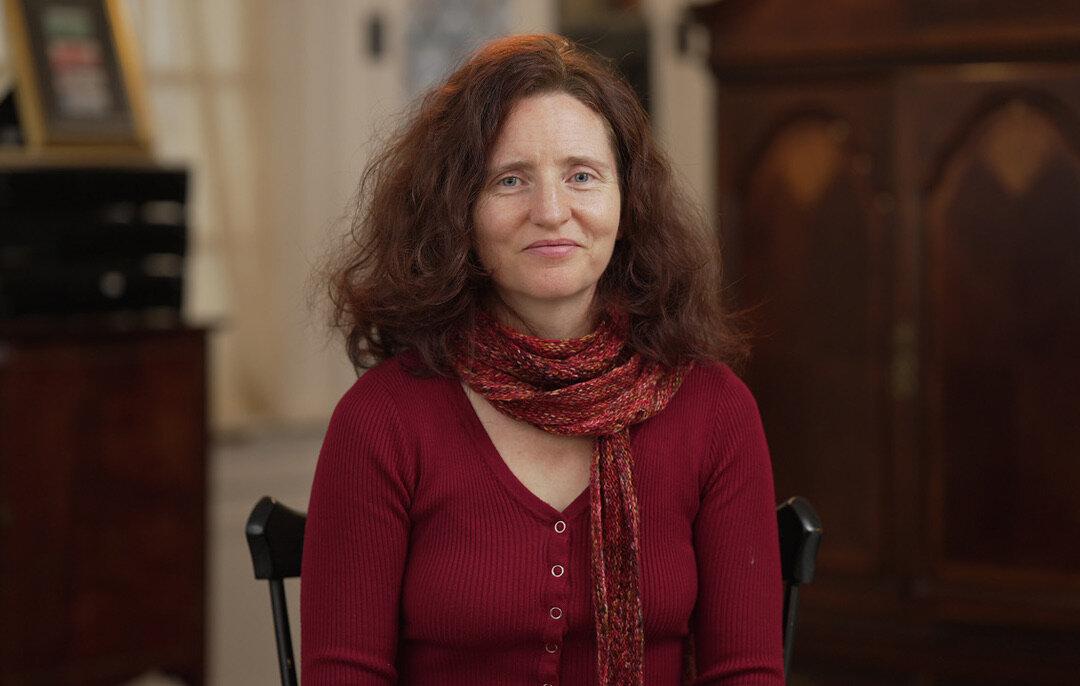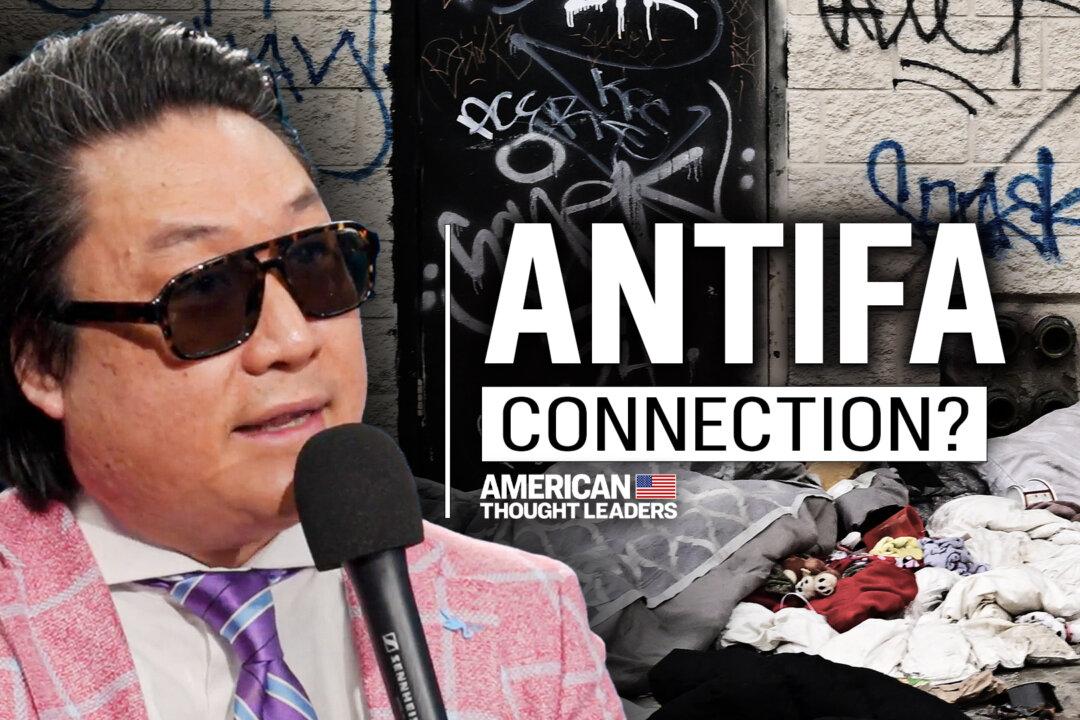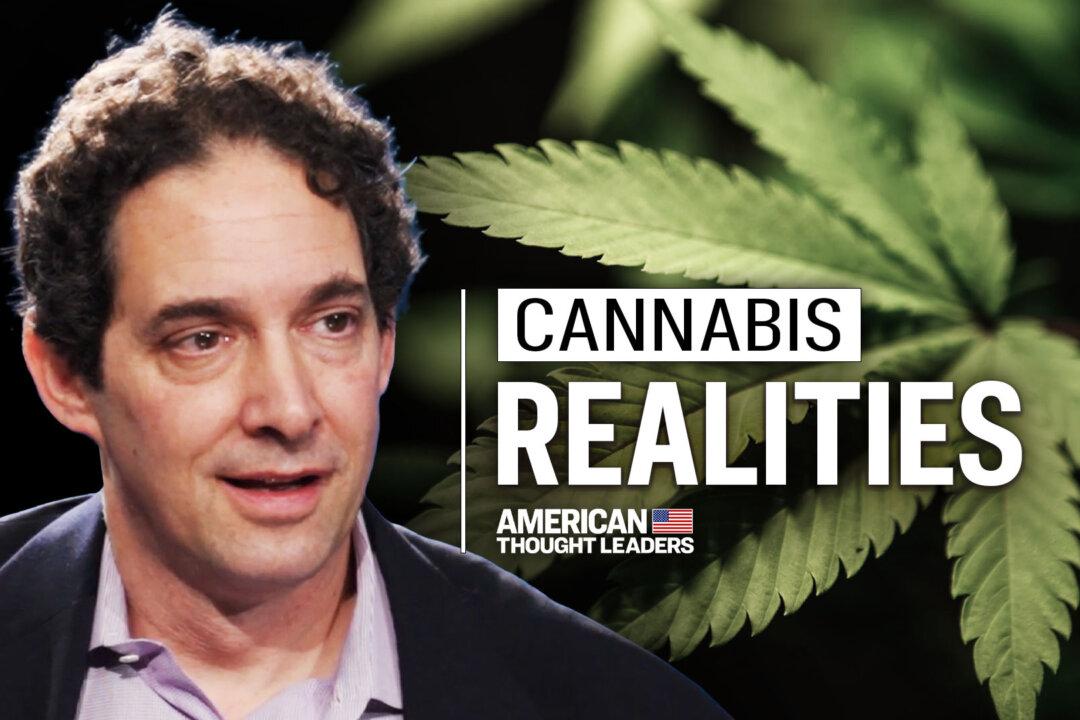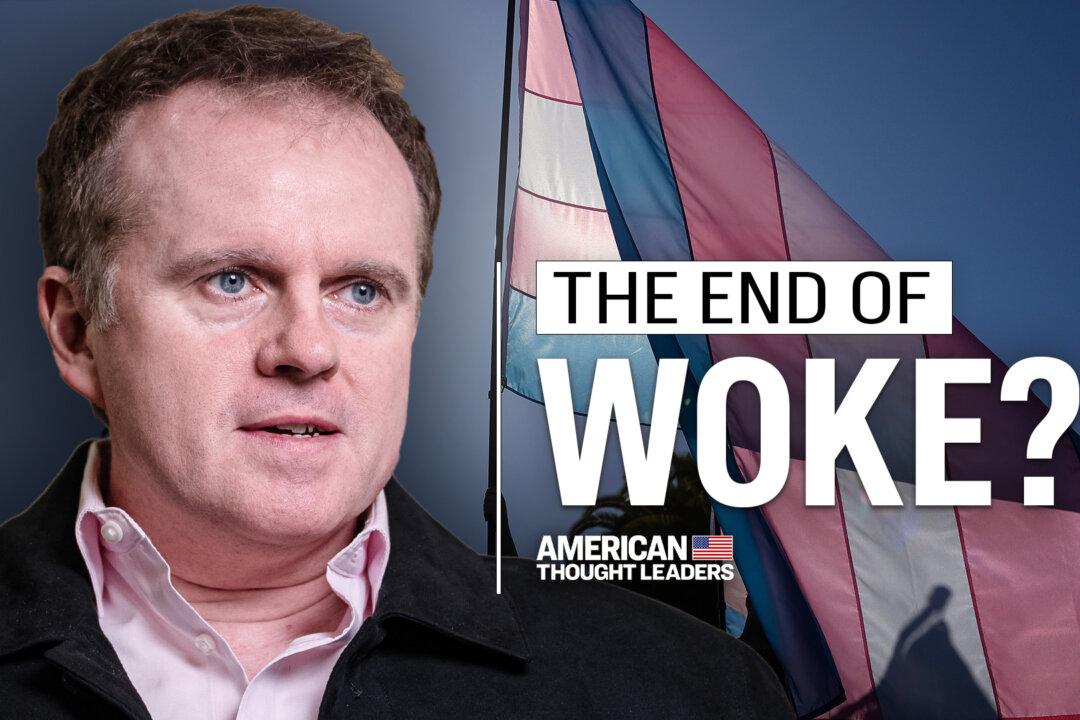“How many people would you be willing to kill in order to save one from COVID?” asks Gigi Foster. “That is essentially the trade-off. That’s the kind of question we should have been asking.”
In a recent episode of “American Thought Leaders,” host Jan Jekielek and Gigi Foster discuss pandemic policies that now appear to have been more deadly and harmful than the virus itself. Foster is a professor at the University of New South Wales’ School of Economics and co-author of “The Great Covid Panic: What Happened, Why, and What to Do Next.”






